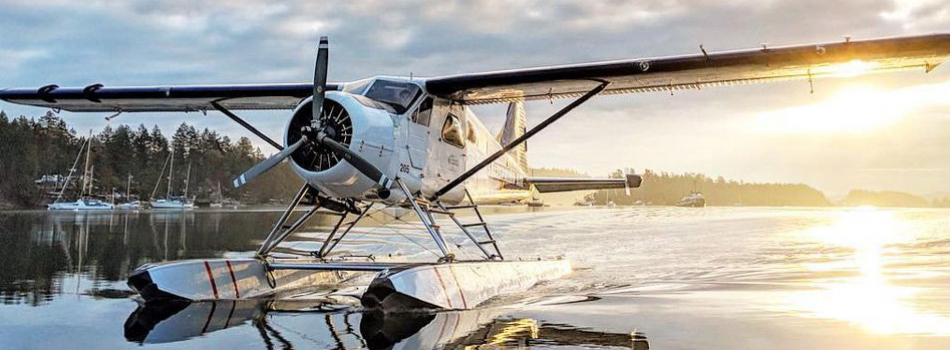The de Havilland Canada DHC-2 Beaver is one of Canada’s most iconic symbols of industrial engineering, famously referred to as the “workhorse of the north” for its prolific (and continued) use as a rugged bush plane. So it seems especially fitting that Richmond, BC-based Harbour Air will begin test flights of a retrofitted all-electric Beaver this fall, with the goal of commencing carbon-free passenger flights in 2022.
Seven million Canadians fly within the country every month, comprising about 5% of domestic transportation carbon emissions. While the purchasing of carbon offsets, fuel efficiency improvements and the introduction of biofuels have all helped to mitigate its carbon footprint, domestic air travel will either need to begin decarbonizing rapidly or risk curtailment in order for Canada to reach its environmental targets.
Electric aviation technology is not yet as advanced as its ground transportation counterparts. Hampered by the weight of the batteries, longer-haul flights remain a distant prospect. But electric batteries developed for smaller aircraft travelling short distances have progressed remarkably quickly in recent years. Norway’s state airport operator Avinor is aiming for all-electric domestic flights by 2040, while easyJet is currently testing smaller electric airplane flights.
For Harbour Air founder and CEO Greg McDougall, a new battery produced by American manufacturer magniX provides the perfect opportunity to begin electrifying his fleet of 42 seaplanes. The company – carbon neutral through offsets since 2007 – found that its short 30-minute flights using single-engine aircraft were the ideal fit for current battery technology.
Beyond the environmental benefits and the marketing appeal of carbon-free flights for passengers, the technology also offers the potential for reducing maintenance fees (as electric motors contain fewer parts). The airline would also be able to avoid the economic uncertainty that comes with the volatile price of airplane fuels, as well as offer a quieter ride for busy passengers. Being able to charge up on BC’s clean electricity-powered grid is an added carbon-reduction bonus.
Assuming testing goes well, the biggest hurdle facing Harbour Air is securing regulatory approval from Transport Canada and the U.S. Federal Aviation Agency for flights to Seattle. Ensuring that flexible regulations are put in place that can successfully adapt to new technology while maintaining strict public safeguards remains one of the biggest challenges facing Canadian entrepreneurs as we move towards a low-carbon, clean growth future.
Riding into an all-electric future on the wings of an iconic Canadian airplane? Nothing would be more fitting.
Read up on more Ecopreneur stories here, and follow @smartprosperity to join the #CanadasEcopreneurs conversation.



